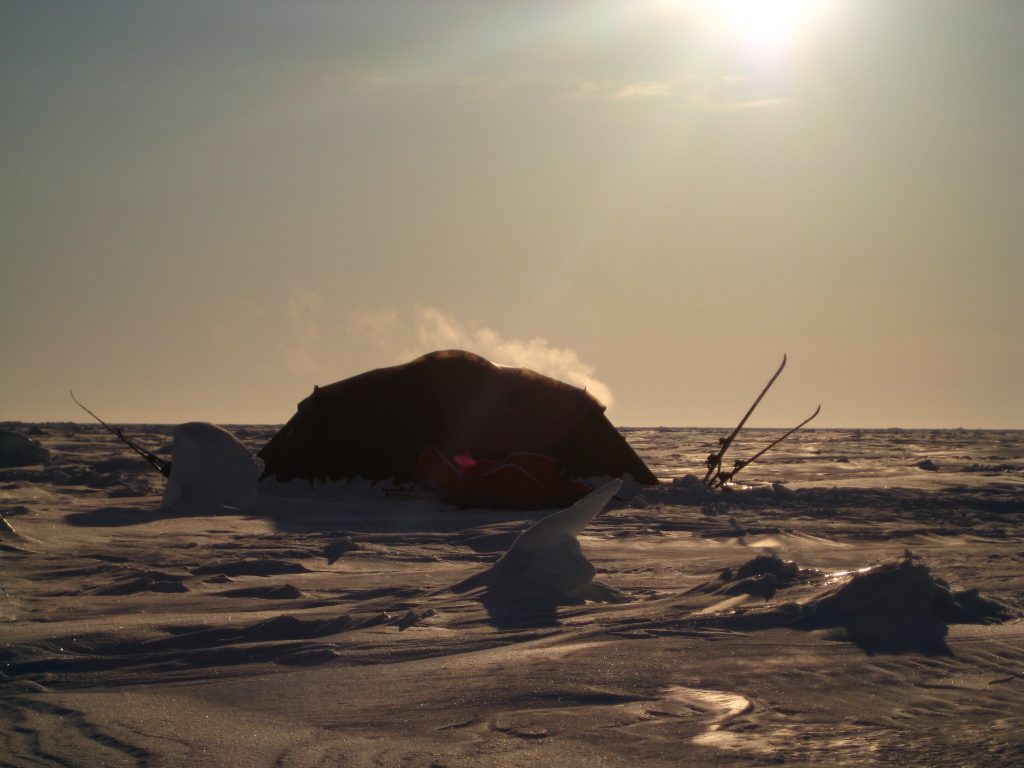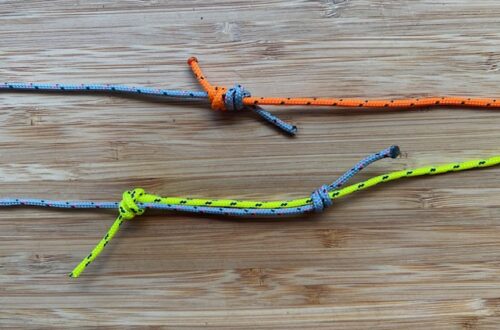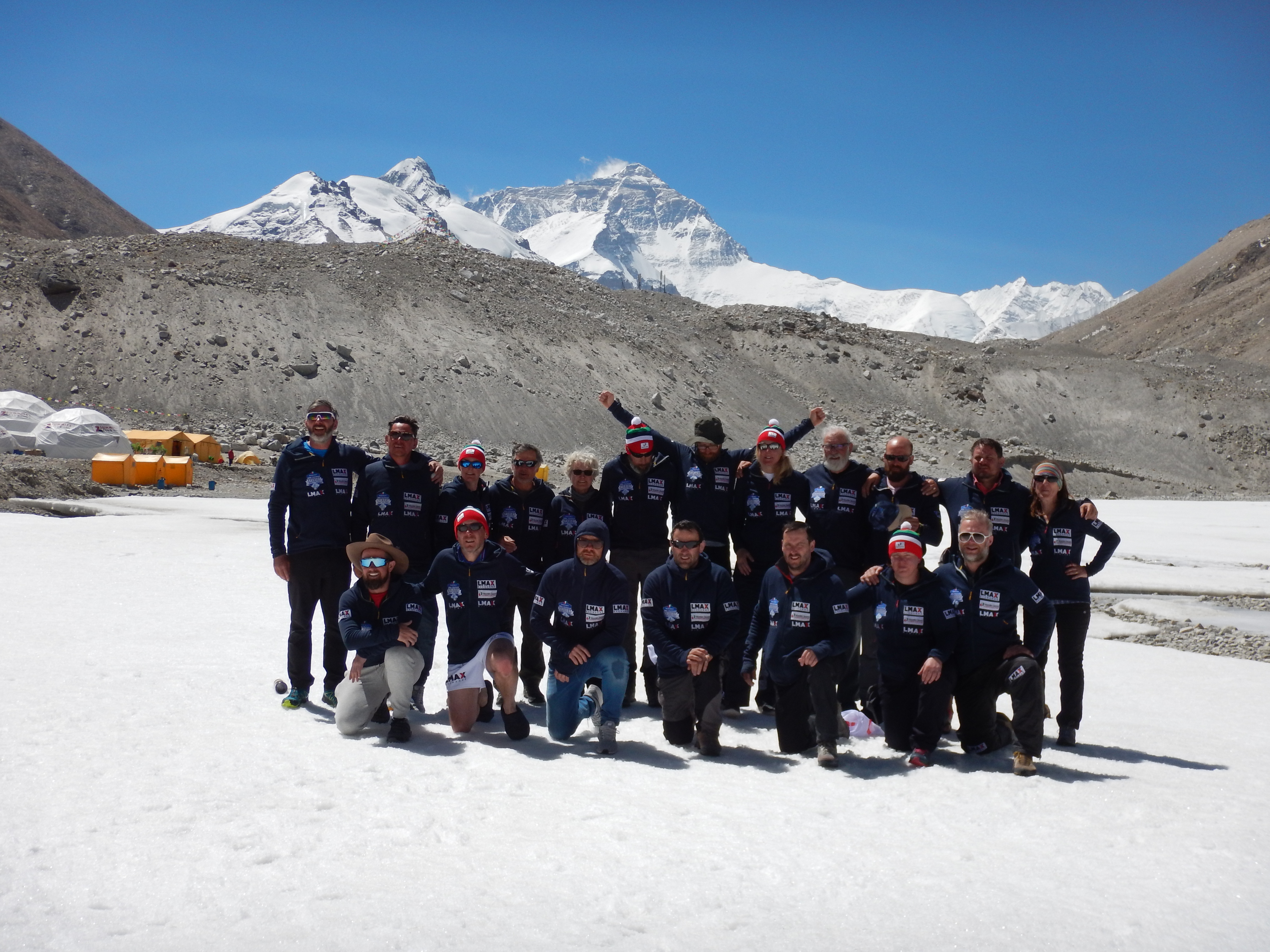Tents are Best for Survival Situations
Why Tents are Crucial for Survival Situations
When it comes to emergency preparedness and survival situations, having a reliable shelter is paramount. A tent serves as a vital survival shelter, providing protection from the elements, ensuring safety, and offering a sense of security in unpredictable circumstances. Understanding the importance of a tent in survival situations can help you make informed decisions when preparing for emergencies.
We set off from Resolute,on Resolute Bay, (74° 43’ N and 94° 53’ W), in the territory of Nunavut, Canada, to walk/ski for 648 km (403 miles), pulling our food and equipment bound for the Magnetic North Pole.
James and I were issued with a Terra Nova Tent that was proven to withstand harsh Arctic conditions. It is known for being lightweight even when frozen, as well as being tough and durable. The tent provides a shelter for cooking, eating and sleeping and surviving the night.
Without our Tent: chances of surviving would have been significantly diminished chances of surviving would have been significantly diminished.
We set off from Resolute,on Resolute Bay, (74° 43’ N and 94° 53’ W), in the territory of Nunavut, Canada, to walk/ski for 648 km (403 miles), pulling our food and equipment bound for the Magnetic North Pole.
For 12-hour each day I leaning into my harness in order to drag my pulk loaded with its precious cargo northwards over some of the most difficult terrain on our planet, crossing the frozen polar waste, over pressure ridges, through huge mounds of ice rubble and each night, at the mercy of the arctic’s hostile climate I slept in the safety of my Terra-Nova Tent.
Without Adequate Shelter in minus 40 C we would Never have Survived.

At 8.47 p.m. on 29 April 2009, arrived at the Magnetic North Pole, 78° 35’ 724” N, 104° 11’ 915” W.
I want to tell you more about my extraordinary journey.
Pitching a tent in extreme cold conditions
- Choose a double walled Four- Season Tent
- Dig out a space within your door/vestibule, min. depth of 1ft /30cm, making it easier to put your boots on.
- The coldest air will sink down into the hole
- Pitch with your door flap facing downhill: so the cold air, which flows downward, can exit.
**Every little does help.
Key Benefits of Tents as Survival Shelters
- Protection from the Elements
- Weather Resistance: Tents are designed to withstand various weather conditions, including rain, wind, and snow. High-quality tents feature waterproof materials and sturdy frames, ensuring you stay dry and protected.
- Temperature Control: A well-insulated tent can help maintain a comfortable temperature, shielding you from extreme cold or heat.
- Portability and Ease of Setup
- Lightweight and Compact: Modern tents are designed to be lightweight and easy to carry, making them ideal for quick evacuation scenarios.
- Quick Assembly: Many tents come with user-friendly setup instructions, allowing you to erect your shelter swiftly when time is of the essence.
- Versatility and Adaptability
- Various Sizes and Designs: Tents are available in multiple sizes, from single-person shelters to larger family tents. This versatility allows you to choose a tent that fits your specific needs.
- Adaptable to Different Terrains: Whether you’re in a forest, on a mountain, or in a desert, tents can be pitched in a variety of environments.
- Safety and Security
- Protection from Wildlife: A tent provides a barrier against insects and small animals, reducing the risk of bites and stings.
- Privacy: Tents offer a private space, which can be crucial for mental well-being during stressful survival situations.
Choosing the Right Tent for Survival
When selecting a tent for survival purposes, consider the following factors:
- Durability: Opt for a tent made from high-quality materials that can endure harsh conditions.
- Size: Choose a tent that accommodates the number of people in your group and your gear.
- Ease of Setup: Ensure the tent can be quickly and easily assembled, even in challenging conditions.
- Weight: A lightweight tent is preferable for situations where you may need to move quickly.
Conclusion
Apart from the Camping Tent
There are forms of Natural Shelters for the survivalist: the lean-to shelter, the A-frame shelter, and the Debris Hut/ Cocoon.
A- Frame shelter can be built using various materials such as sturdy branches or logs of similar lengths to form the main structure of the A-frame.
They are known for their simplicity, stability and resistance to harsh weather conditions like heavy snow loads or strong winds due to their triangular shape.
A survivalist debris hut or cocoon is a simple and effective shelter built using natural materials found in the environment. It’s designed to provide protection from the elements in emergency situations or wilderness survival scenarios.
This type of shelter is intended for short-term survival situations and might not provide the comfort or durability of a more permanent structure
Tips on Shade Shelter …. Protection from Heat
• Dig or rake the surface too uncovered cooler ground and build a lean-to shelter of sticks and branches over it
• Since, the purpose of this shelter is to create shade use any available fabric or natural foliage to cover the sunny side.
• Chill out in the cool soil beneath the shade.
Tips on an Insulated Shelter ….Protection from the Cold, Wet and Hypothermia.
If you’re on your own, your body heat will be the main source of warmth, so build your shelter just big enough to for you to squeeze into when lying down. If you have friend, again think small – you will benefit by getting as tight together as possible.
**This is no time to be concerned about ‘intimacy’ it’s about survival; No tongues!
- Construct a simple lean-to, use an embankment, boulder, fallen tree or standing tree as a sturdy side wall
- Lean sticks close together on the one open side and fill in gaps.
- Cover with grass, leaves, moss, bracken etc. — the thicker the material, the more protection.
- Create bedding by adding leaves, grass and pine needles for extra insulation.
Tarpaulin Shelter
In a survival situation, an 8-by-10-foot tarp can offer full coverage for up to two people, while a 6-by-8-foot tarp is suitable for one person. In the event of an unexpected overnight stay or severe weather, a lightweight, easy-to-pack tarp can be a crucial tool for protection from the elements—provided it’s used correctly.
To build this shelter, start by securing the tarp firmly to the ground on the windward side to block the wind. Next, use paracord to suspend the opposite side of the tarp between two sturdy anchor points, such as trees. Position the tarp at a 30-degree angle to create a shelter that offers approximately 5 feet of height and 8 feet of width underneath, providing ample space for protection and comfort.
In any survival situation, having a dependable tent can make a significant difference in your safety, comfort, and overall survival. By understanding the benefits of tents as survival shelters and knowing what to look for when choosing one, you can enhance your emergency preparedness and ensure you are ready for whatever challenges come your way. Prioritize quality, durability, and suitability for your specific needs to find the perfect tent that will serve as your haven in times of crisis.
#livealifetodiefor #MoreThanMyPast #itsrogerx
**I want to tell you more about my extraordinary journey.





